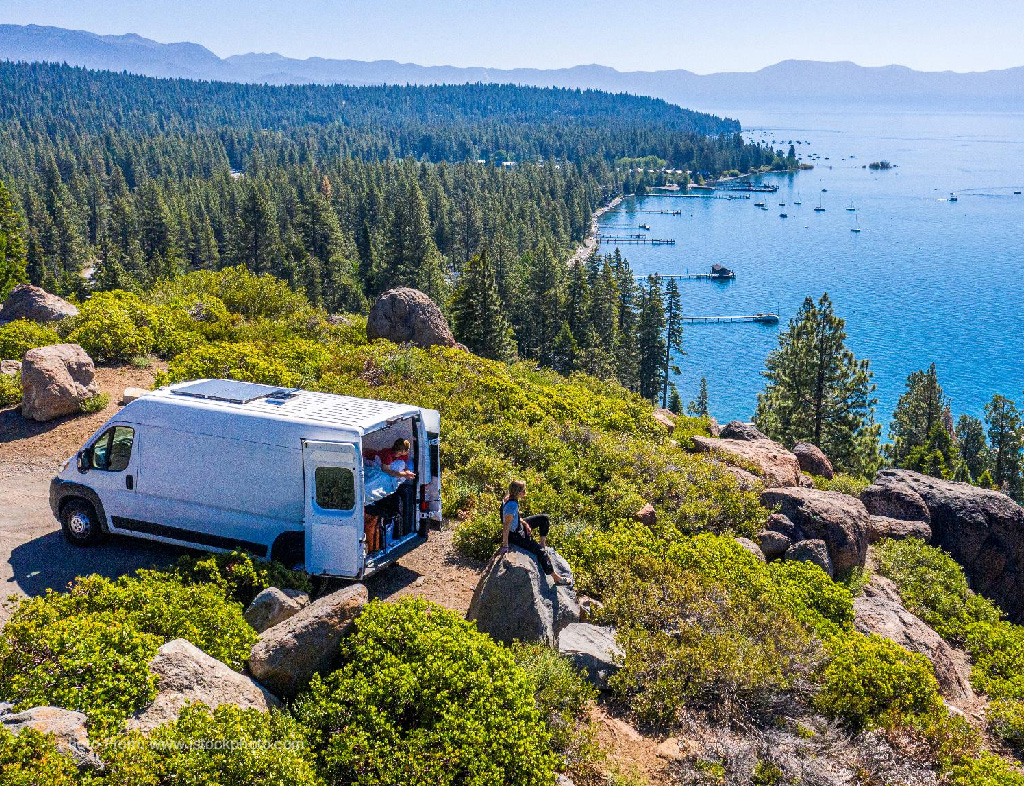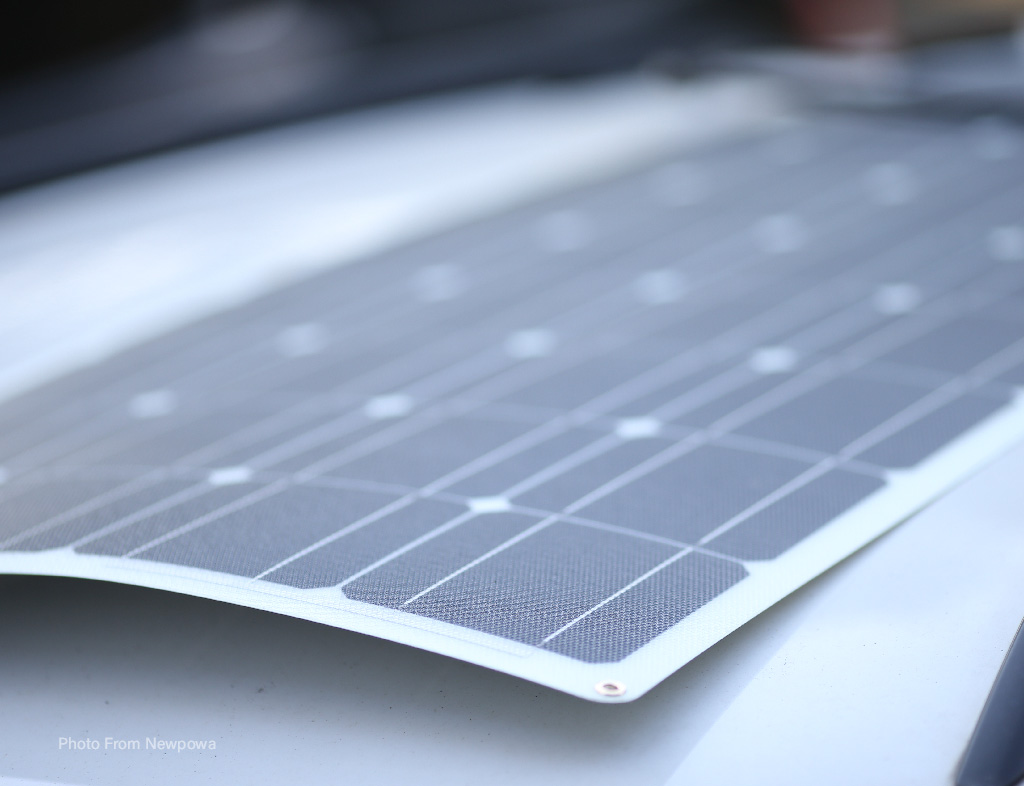ROOF/BED RACK & SOLAR PANELS - WHAT YOU NEED TO KNOW!
12th Sep 2024
In the pursuit of energy independence and sustainable living, solar panels have become a popular choice for powering everything from homes to RVs and trucks. When it comes to mounting solar panels on your vehicle, understanding the differences between rigid and semi-flexible panels is crucial. Let’s dive into what you need to know about integrating these solar panels with roof and bed racks. 
Rigid Solar Panels
Durability and Efficiency
Rigid solar panels are known for their durability and high efficiency. Encased in tempered glass and an aluminum frame, they are designed to withstand harsh weather conditions, including heavy rain, hail, and snow. This makes them an excellent choice for long-term installations on your roof or bed rack.
Installation
Installing rigid panels typically involves more permanent mounting solutions, such as brackets or racks that can be securely attached to your vehicle. These panels are usually heavier and require robust support structures to ensure they stay in place, especially when traveling at high speeds or on rough terrain.
Pros and Cons
Pros:
- Higher efficiency rates.
- Long-lasting and durable.
- Better performance in extreme weather.
Cons:
- Heavier and bulkier.
- Requires more robust mounting systems.
- Less flexibility in terms of placement.
Semi-Flexible Solar Panels
Versatility and Weight
Semi-flexible solar panels offer a lightweight and versatile alternative to rigid panels. They can bend up to 30 degrees, allowing them to conform to curved surfaces, which makes them ideal for unconventional mounting locations on your vehicle. These panels are often made from a combination of plastic and thin layers of photovoltaic cells, making them much lighter.
Installation
The installation process for semi-flexible panels is generally simpler and can often be done using adhesive backing or Velcro. This ease of installation makes them a favorite among DIY enthusiasts and those looking to add solar capabilities to their vehicles without extensive modifications.
Pros and Cons
Pros:
- Lightweight and easy to install.
- Flexible, allowing for installation on curved surfaces.
- Ideal for temporary or semi-permanent setups.
Cons:
- Typically, less efficient than rigid panels.
- More susceptible to damage.
- May not perform as well in extreme weather conditions.
Choosing the Right Panel for Your Needs
When deciding between rigid and semi-flexible solar panels for your roof or bed rack, consider the following factors:
1. Usage: If you’re looking for a permanent, high-efficiency solution for long-term travel or full-time off-grid living, rigid panels are likely the better choice. They provide robust durability and consistent performance.
2. Weight and Space: For those with weight constraints or limited space, semi-flexible panels offer a lightweight and versatile option. They are perfect for smaller vehicles or installations where weight is a critical consideration.
3. Installation: Consider your comfort level with installation. Rigid panels often require more extensive mounting systems and professional installation, while semi-flexible panels can be more DIY-friendly.
4. Budget: Rigid panels are generally more expensive due to their higher efficiency and durability. Semi-flexible panels, while less efficient, can be a more cost-effective solution for those on a budget.
Conclusion
Whether you choose rigid or semi-flexible solar panels, both options can significantly enhance your energy independence while on the road. Assess your specific needs, vehicle type, and budget to make the best choice. By installing solar panels on your roof or bed rack, you’re not just investing in renewable energy, but also embracing a lifestyle of freedom and sustainability.
